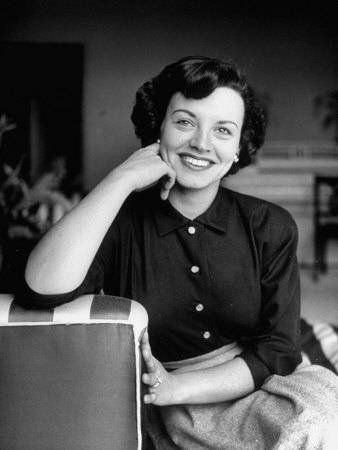
Ms. Starr is still with us. Perhaps she'll reach out to me for an interview.
JazzWax tracks: Kay Starr's I Cry By Night can be found
A JazzWax thanks to Stanley Cooper.
JazzWax clips: Here's Kay Starr in 1938, with Glenn Miller, singing Baby Me...
Here's Kay Starr in 1944, backed by Charlie Barnet, singing I Can't Get Started...
Here's Starr in 1952 on TV singing It's a Great Day and Wheel of Fortune...
And here's I Cry By Night from the 1961 album of the same name, featuring Ben Webster on tenor sax...
This story appears courtesy of JazzWax by Marc Myers.
Copyright © 2024. All rights reserved.



























